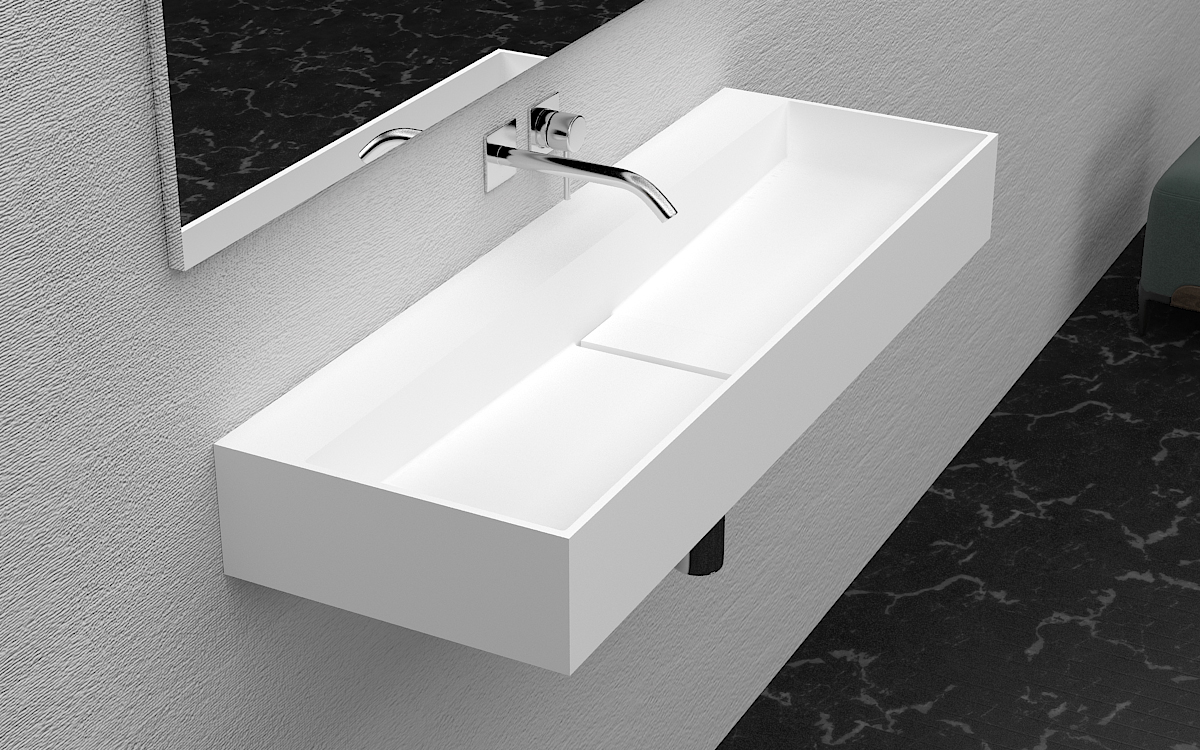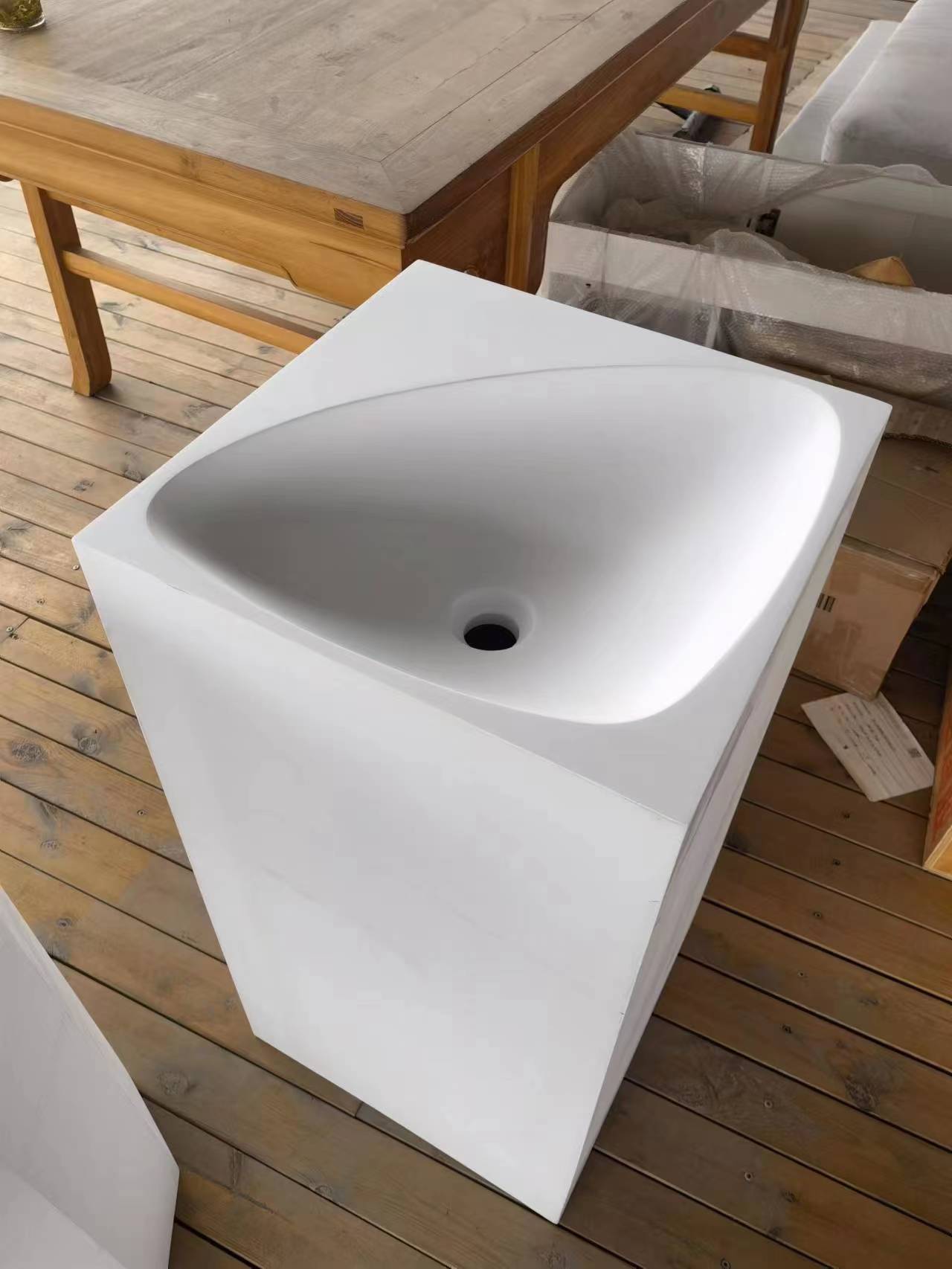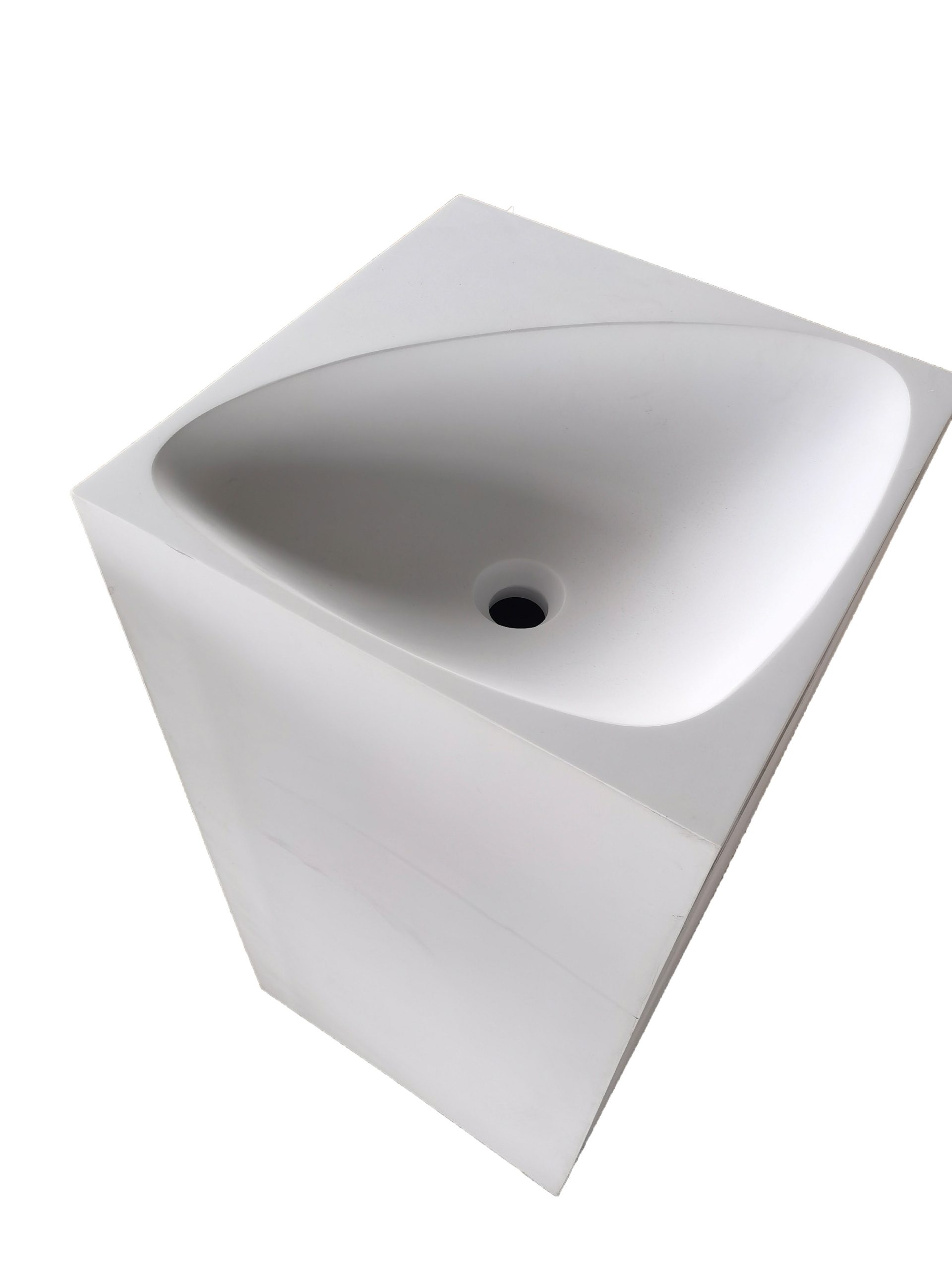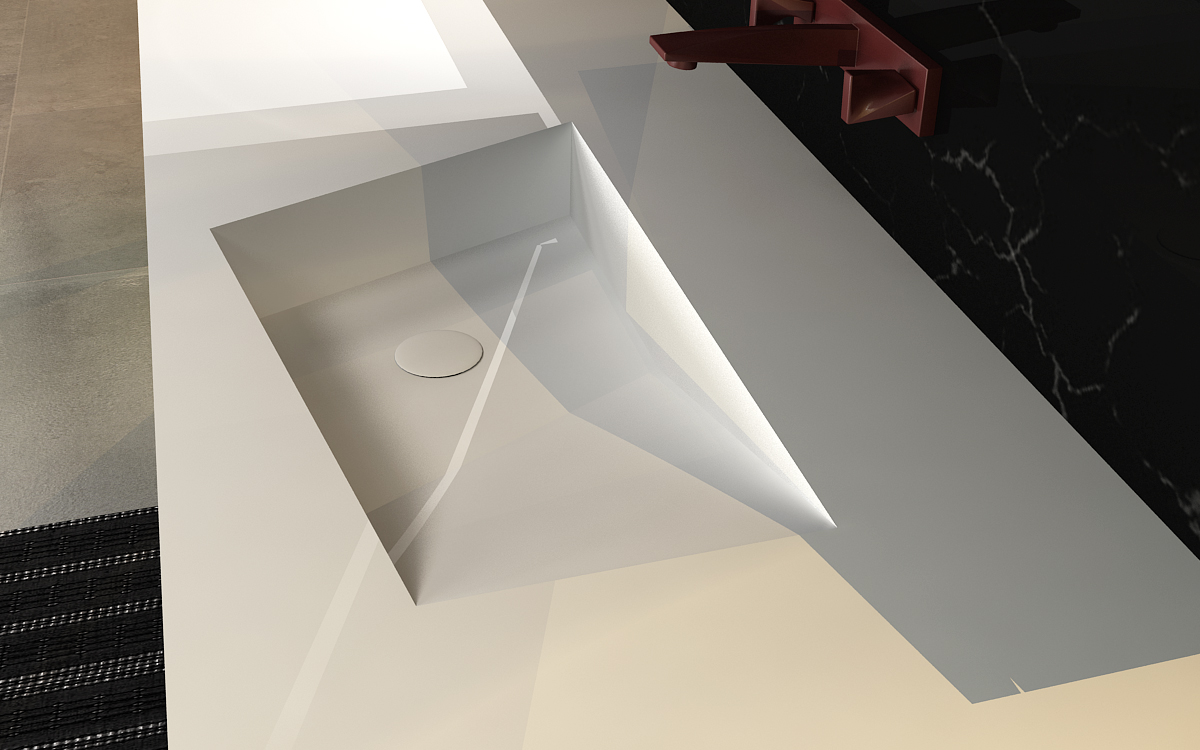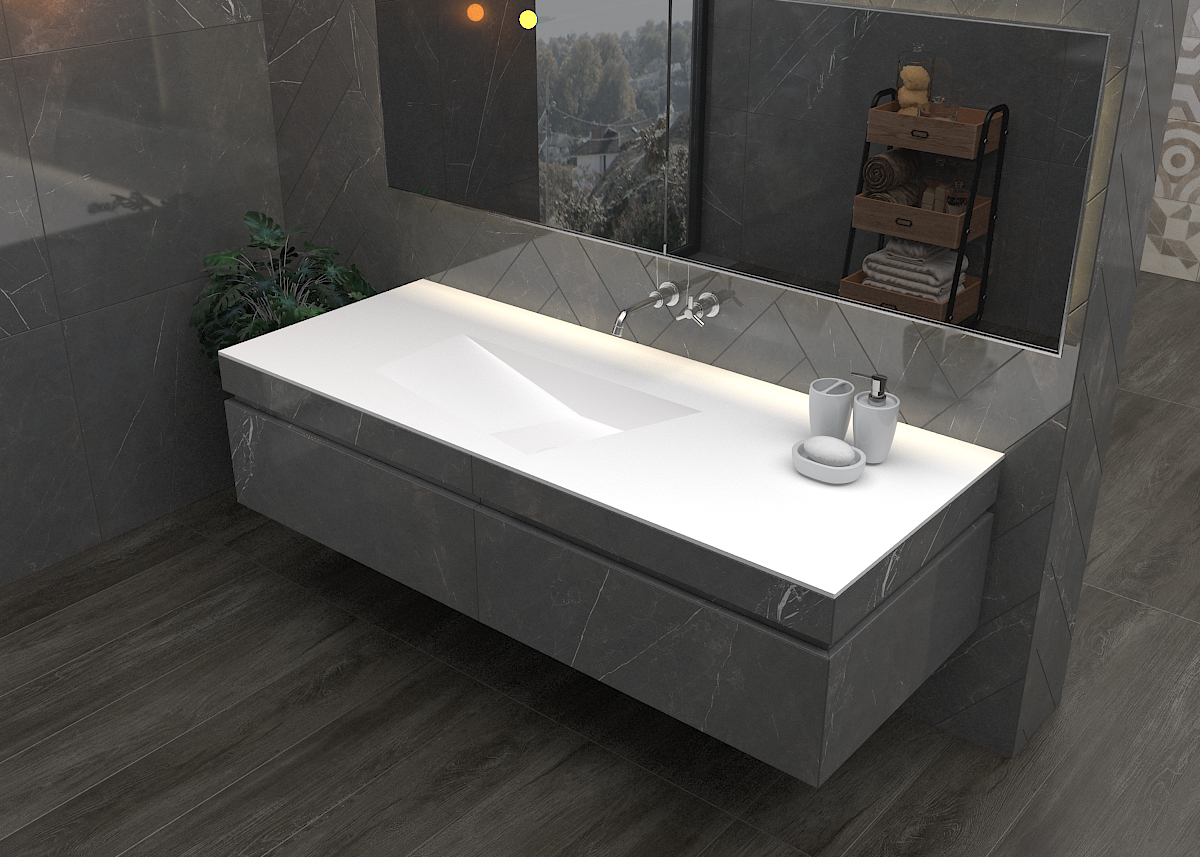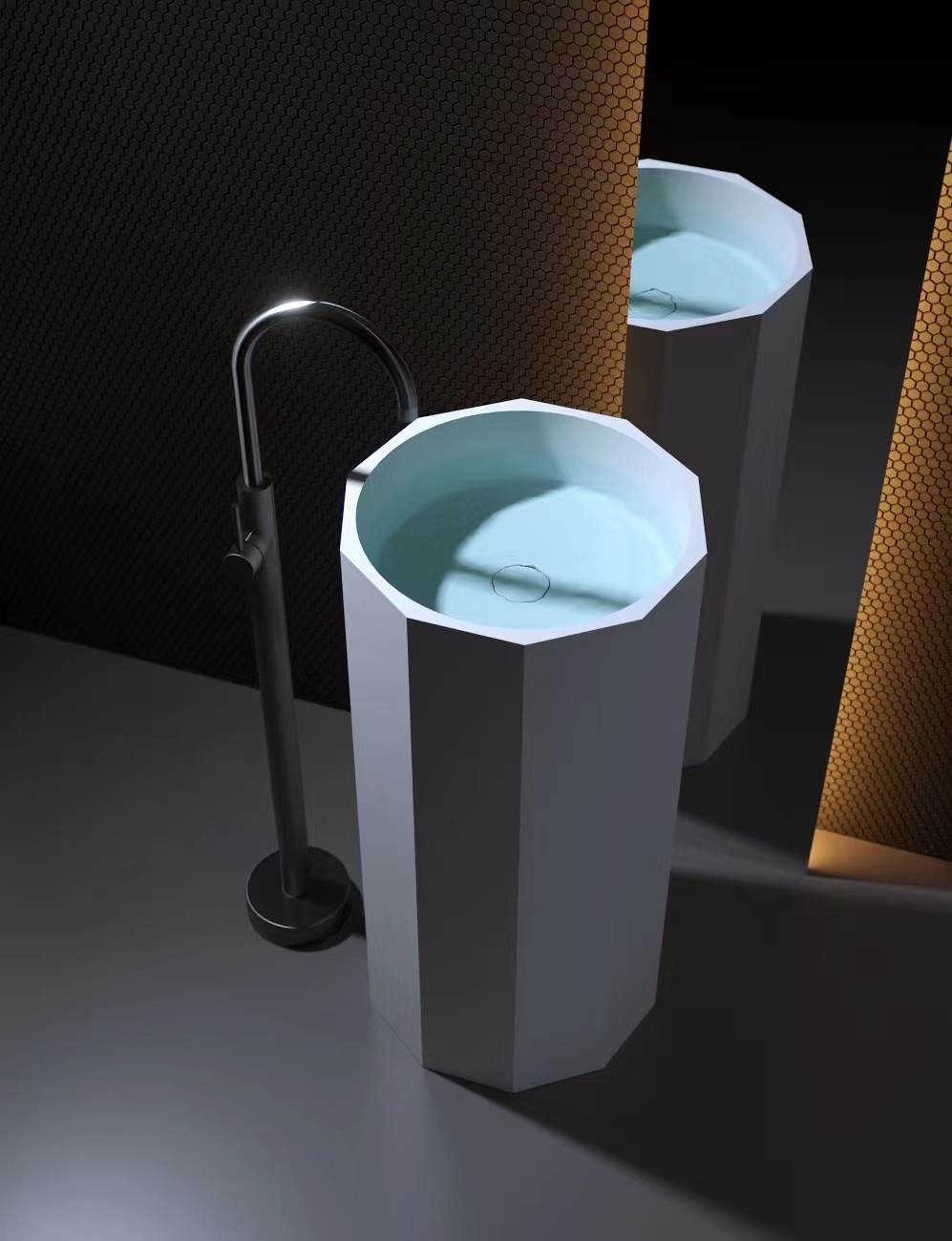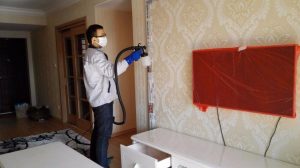
First, adsorption method (activated carbon)
Activated carbon is an internationally recognized drug expert, activated carbon masks, gas masks are used activated carbon. This character makes the physical action of activated carbon deodorize and detoxify; No chemical additives, no impact on the human body; Medium and low degree pollution can be selected this method. Activated carbon has adsorption effect on p-benzene, toluene, xylene, ethanol, ether, kerosene, gasoline, styrene, vinyl chloride and other substances. Note: It belongs to passive adsorption products and needs to be replaced regularly.
Second, ventilation method
Through the circulation of indoor air, the content of harmful substances in the indoor air can be reduced, thus reducing the harm of such substances to the human body. It is suitable for low concentration pollution (less than 1 times the pollutant content), and it needs to be durable to open doors and Windows, and it is not recommended to use frequently in winter.
3. Salt Water
You can put two POTS of salt water in the room and open the furniture door. This can not only evaporate the right amount of water to cherish the paint surface on the top of the wall, but also absorb and eliminate the residual odor. If it is the smell of paint emitted by wood furniture, you can scrub it with tea several times, and the smell of paint will be eliminated faster.
4. Plant elimination method (spider plants, aloe vera, etc.)
It is also suitable for low concentration pollution: as usual indoor environmental pollution in mild and moderate pollution, pollution value in the national scale less than 1 times the environment, the acceptance of plant purification can achieve a good comparison effect. Document the differential efficiency of the rooms, the size of the area and the placement of plants. Under normal circumstances, about 10 square meters of room, 1.5 meters high plants put two POTS of control is appropriate. Chlorophylla, aloe vera, Tigertail orchid can absorb indoor formaldehyde and other pollutants, eliminate and prevent indoor air pollution;
The bactericidin excreted by flowers such as jasmine, cloves, honeysuckle and morning glories can kill some bacteria in the air, inhibit the growth of pathogens of tuberculosis, dysentery and typhoid, and make the indoor air clean and sanitary. Most plants use light during the day to absorb carbon dioxide and release oxygen. Respiration takes place at night, absorbing oxygen and releasing carbon dioxide. Some plants are on the contrary, such as cactus is the day to release carbon dioxide, absorb carbon dioxide at night, release oxygen, so that there are cactus in the room at night, you can make up for oxygen, conducive to sleep.
Five, vinegar
Fill the basin with cool water, and then add the appropriate amount of vinegar in the ventilated room, and open the furniture door. This can not only evaporate the right amount of water to cherish the coating surface on the top of the wall, but also absorb and eliminate the residual odor;
6. Overnight tea
Dry the tea after drinking overnight and put it into the inside of the closet, which can remove the odor of formaldehyde. Or 300 grams of black tea hot tea two basin water, put into the room, and open the window to breathe, within 48 hours the indoor formaldehyde content will be reduced by more than 90%, irritating breath basically eliminated.
7. Pineapple
If economic conditions permit, you can buy some pineapples and put a few in each room, and more in large rooms. Because pineapple is a crude fiber fruit, it can absorb the smell of paint and reach the fragrance of pineapple, accelerate the rate of removing odor, and kill two birds with one stone.








